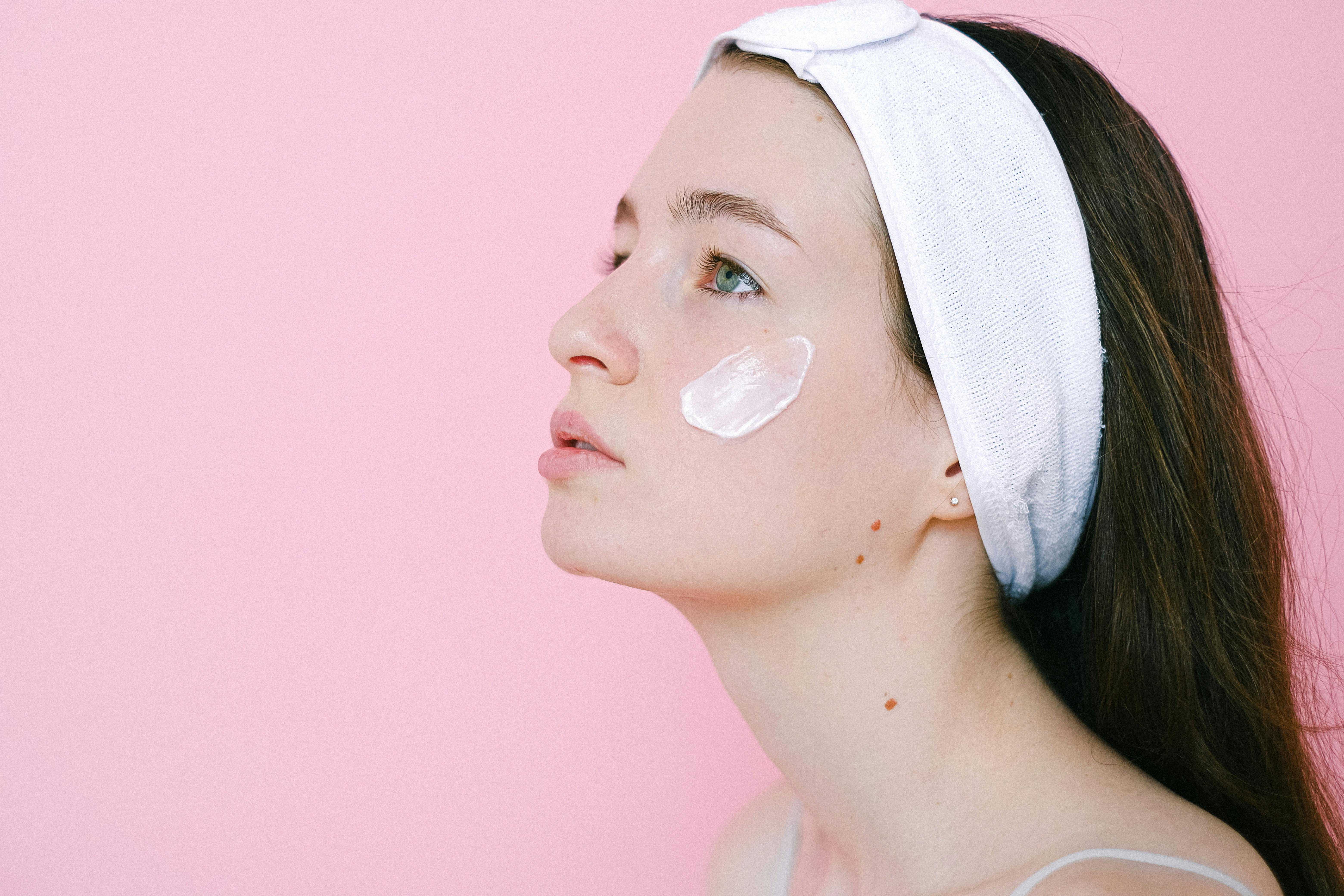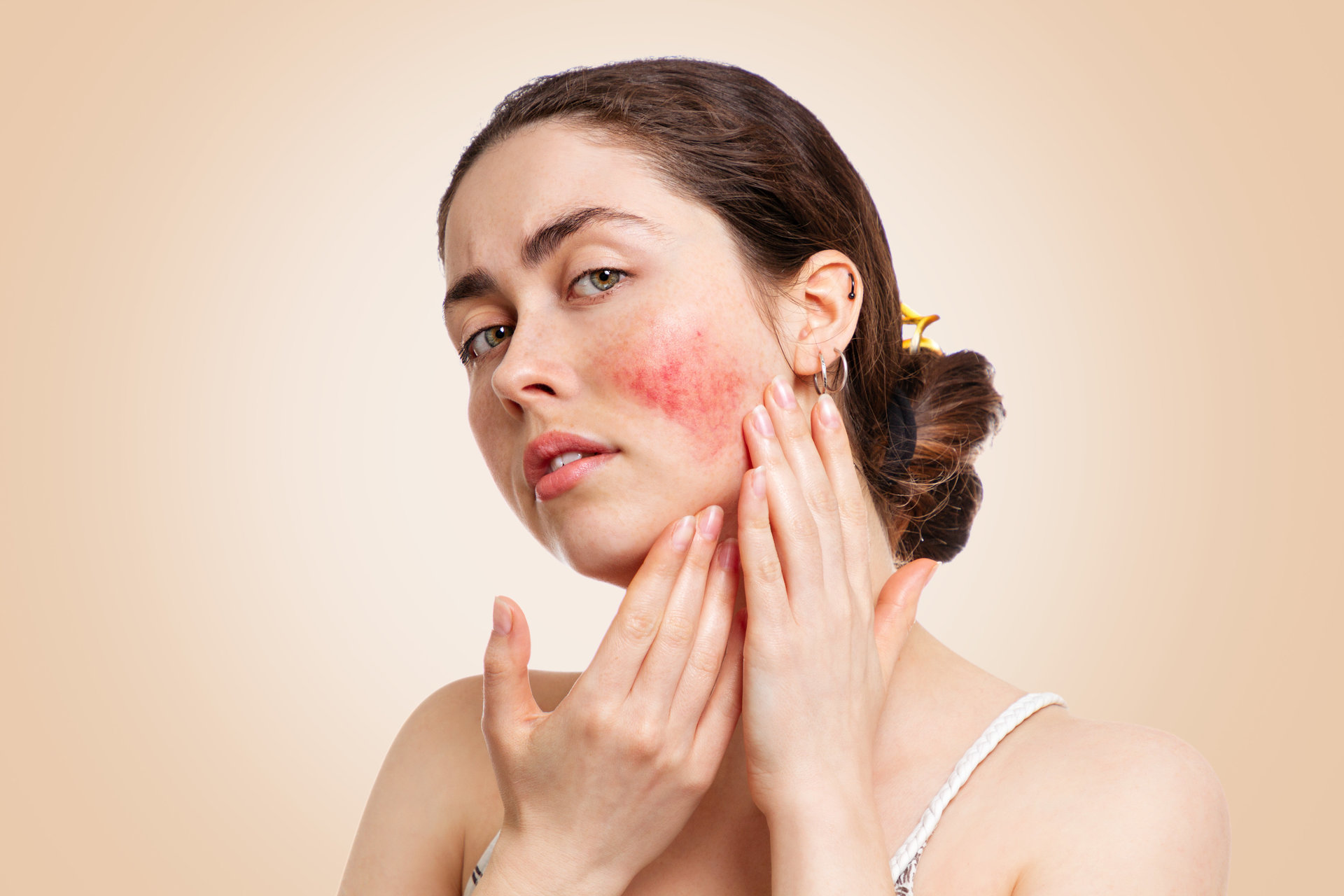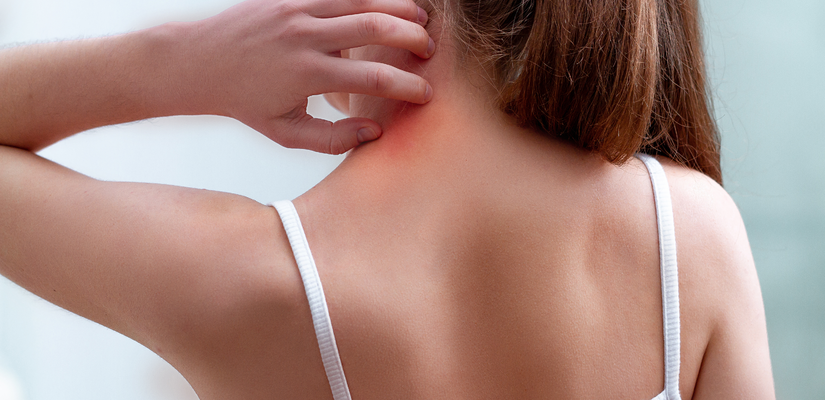Jūsų krepšelis yra tuščias
Kategorijos
TOP
TOP
- 1. COVID -19 SEJOY greitasis antigeno testas nosies landų
- 2. COVID-19 SINGCLEAN greitasis antigenų testas nosie landų
- 3. AteroLip complex N90. Geresnė kaina!
- 4. Aterolip complex N90! 3 vnt.
- 5. BASICA SPORT, 660 g
- 6. Aterolip complex N90! 4 vnt.
- 7. A+E vitaminų tepalas BIG PACK 60g
- 8. Akcija! 3 vnt. Forcapil N60 plaukams, nagams ir odai
- 9. Orthomol Immun (30 dienos dozių)
- 10. Orthomol Arthro plus (30 dienos dozių)
Dabar lankosi
Dabar lankosi
Šiuo metu lankosi 1178 svečiai(-ių)
Grožis
11 benefits of hyaluronic acid for the face and body

Hyaluronic acid is a sugar that occurs naturally in the body, including the skin, eyes, and joints. The primary function of hyaluronic acid is to provide moisture to these areas of the body. Hyaluronic acid plays a crucial role in skin moisture. As people age, the moisture in their skin decreases, so some people choose to take supplemental hyaluronic acid and other products that includes hyaluron (face cream, serums, body and face creams).
Should You Add Hyaluronic Acid to Your Skincare Routine?

Hyaluronic acid is a common ingredient in skincare products. It's used chiefly in moisturizing creams (face cream, body and face creams), lotions, and serums because of its ability to hydrate and plump the skin. Hyaluronic acid is also used in injectable dermal fillers to help eliminate wrinkles and add volume to the face and lips. Hyaluronic acid (HA) is a glycosaminoglycan that occurs naturally in the skin, connective tissue, eyes, and joints.
What is blushing and how can we correct this?

What is skin flushing?
Redness of the skin is caused by an increase in blood flow, which can be due to certain diseases or conditions and medications. When more blood flows to an area of the skin, such as the cheeks, the blood vessels dilate. This increase in blood volume gives the skin a "flushing" effect. You may feel warmth around your neck, upper chest, or face due to increased blood flow.
Eczema and other skin problems, why they occur
What is eczema? Eczema is a group of conditions that cause your skin to feel inflamed or irritated. The most common type is atopic dermatitis or atopic eczema. "Atopic" refers to a person's tendency to suffer from allergic diseases such as asthma and hay fever. In the US, eczema affects about 10-20% of infants and about 3% of adults and children. Most children outgrow it by their 10th birthday. For some people, symptoms go away and reappear throughout their lives.
Couperose. What is it and how to overcome it?
What is couperose, couperose skin? Couperose is a French word for a chronic inflammatory skin disorder also known as "rosacea". The term couperose skin is sometimes used to describe skin with signs of pink. Couperose is a chronic inflammatory skin disease and is most common in fair-skinned people. Couperosis is more common in people with relatively thin and sensitive skin. Rosacea is thought to affect between 2 and 22 percent of fair-skinned people.
Psoriasis - what is it and how to help the patient

Psoriasis causes symptoms such as scaly, dry or itchy skin. Psoriasis cannot be completely cured, but if the provoking factors are identified, medication and lifestyle changes can be used to control the disease and improve the quality of life.
What is psoriasis?
Psoriasis is a chronic autoimmune condition that causes a rapid buildup of skin cells.
Viskas, ką turėtumėte žinoti apie spuogus ir aknę
Aknė yra lėtinė uždegiminė odos būklė, dėl kurios atsiranda dėmių ir spuogų, ypač ant veido, pečių, nugaros, kaklo, krūtinės ir žastų. Aknės formų yra daug: dažniausios – ant kūno pastebimi spuogai baltomis galvutėmis, inkštirai, giluminiai spuogai, cistos ir poodiniai mazgeliai. Tai labiausiai paplitusi odos liga Jungtinėse Valstijose, kuri kasmet paveikia iki 50 milijonų amerikiečių.
Kaip gydyti paauglių vaikinų spuogus?
Daugumai paauglių berniukų ir jaunų vaikinų atsiranda spuogų. Nors spuogai yra įprasta paauglystės dalis, tikrai yra būdų ir metodų, kuriuos reguliariai atliekant susigrąžinti lygią, spuogais neišbertą odą yra labai nesunku. Žinodami, kas iš tikrųjų sukelia spuogus (o kas ne), galėsite sutelkti dėmesį į veiksmingą spuogų gydymą.
Kaip palepinti savo odą keičiantis orams
Ką daryti dabar, kad veidas ir kūnas pasiruoštų šylantiems orams?
Dienoms ilgėjant ir šylant, nusimeskite storus megztinius ir batus ir pakeiskite juos į šortus ir sandalus.
Vis dėlto, labai tikėtina, kad kol Jūsų siela džiaugiasi pavasariu ir gerėjančiais orais, Jūsų oda verkia – kelių, kulnų ir alkūnių oda yra išsausėjusi, pleiskanojanti, šiurkšti ir nelygi, o likusio kūno ir veido oda – įtempta, perkaitusi ir nepakankamai maitinama.
Daugiau straipsnių...
Puslapis 1 iš 5








